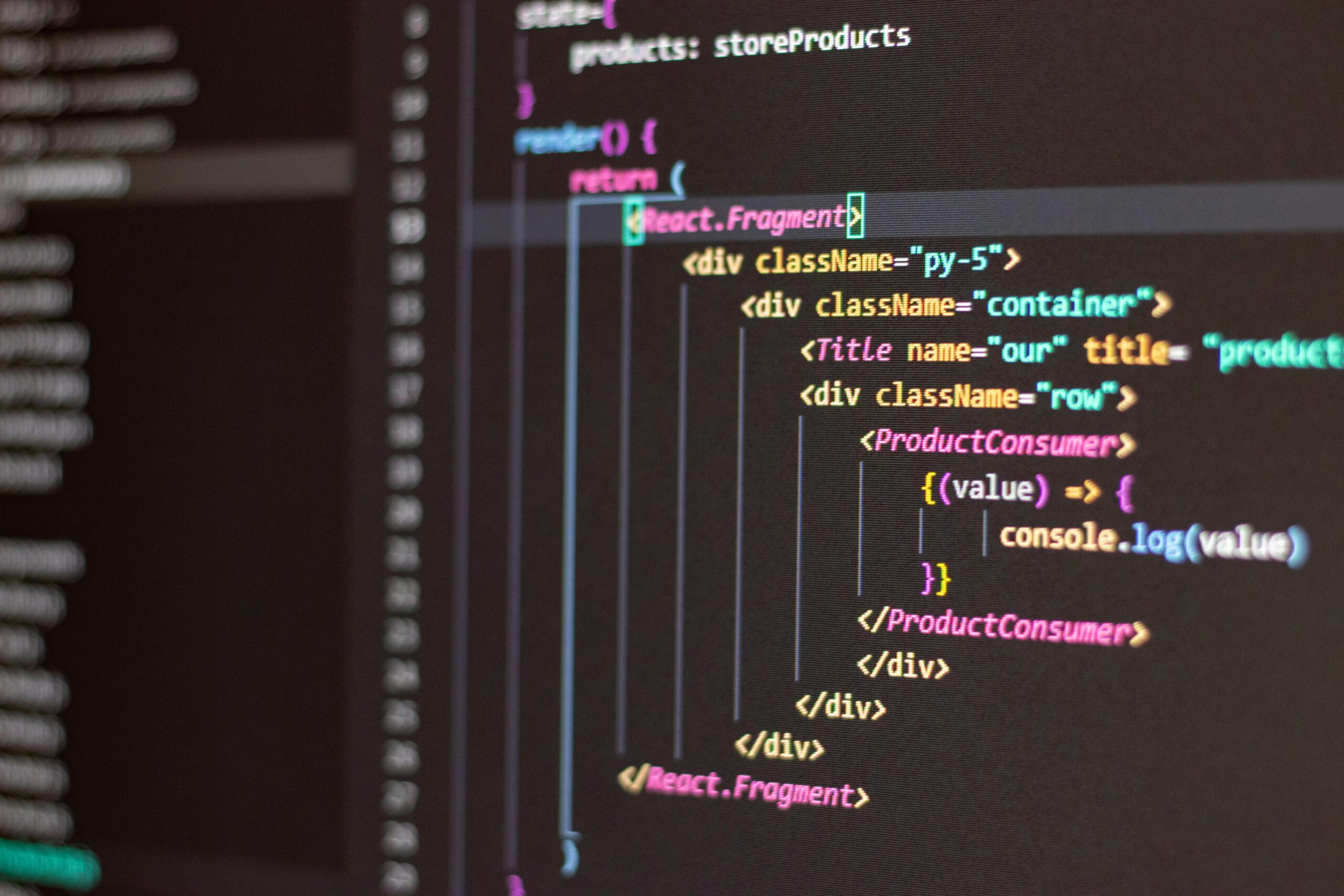CSS – Cascading Style Sheets
CSS, or Cascading Style Sheets, is a fundamental technology in web development, playing a pivotal role in shaping the visual presentation of web pages. It serves as the stylistic backbone, dictating how HTML elements are displayed on a browser screen. In the vast landscape of web development, understanding CSS is akin to mastering the art of design and layout.
At its core, CSS provides a set of rules that define how HTML elements should appear. These rules encompass a wide array of stylistic attributes such as colours, fonts, spacing, and positioning. By separating content from presentation, CSS empowers developers to create visually appealing and consistent web pages efficiently.
One of the key concepts in CSS is the notion of cascading. This refers to the hierarchical nature of styles, where multiple style rules can be applied to the same HTML element, with the most specific rule taking precedence. This cascade allows for flexibility and modularity in styling, enabling developers to apply global styles while also overriding them for specific elements or contexts.
Selectors are another fundamental aspect of CSS. Selectors determine which HTML elements a style rule applies to. They can target elements based on their type, class, ID, attributes, or even their position within the document structure. This granular targeting capability is instrumental in crafting finely tuned stylesheets that efficiently apply styles across a website.
CSS offers a wide range of properties and values that developers can leverage to manipulate the appearance of HTML elements. Properties control various aspects of styling, from basic attributes like colour and font size to more complex properties such as animations and transformations. Values define the specific settings for each property, allowing for precise control over visual presentation.
Furthermore, CSS provides mechanisms for controlling the layout and positioning of elements on a web page. Flexbox and Grid layout modules, for instance, offer powerful tools for creating responsive and dynamic layouts that adapt to different screen sizes and devices. These layout techniques have revolutionised web design, enabling developers to craft sophisticated interfaces with ease.
In addition to its role in styling static web pages, CSS also plays a crucial role in modern web development frameworks and libraries. Technologies like React, Angular, and Vue.js incorporate CSS modules and preprocessors to manage styles in component-based architectures. This approach promotes modularity, encapsulation, and reusability, facilitating the development of scalable and maintainable web applications.
Moreover, CSS has evolved significantly since its inception, with ongoing efforts to standardise and extend its capabilities. CSS3 introduced a plethora of new features and enhancements, including advanced selectors, media queries, and custom properties. These advancements enable developers to create more expressive and responsive designs, pushing the boundaries of web development further.
In conclusion, CSS is an indispensable tool in the toolkit of web developers, empowering them to transform HTML documents into visually stunning and user-friendly experiences. With its cascading nature, powerful selectors, extensive properties, and flexible layout mechanisms, CSS continues to shape the landscape of the web, driving innovation and creativity in digital design.











